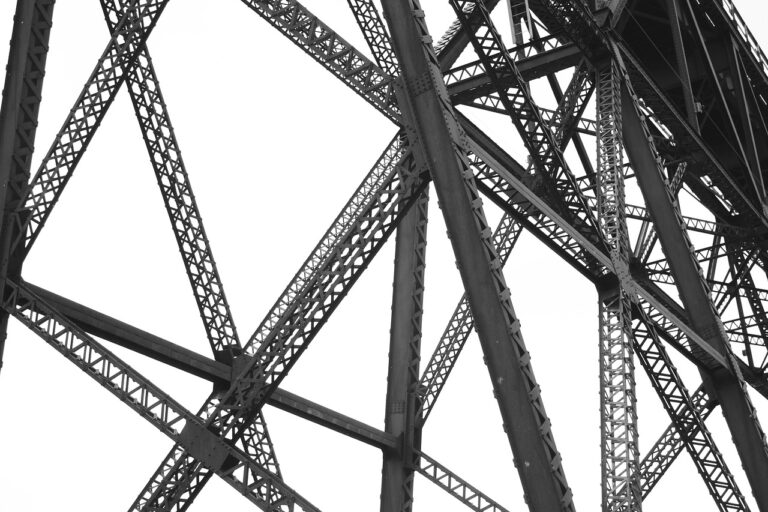The Impact of Edge Computing on Remote Disaster Risk Reduction Measures
Disaster risk reduction measures are essential in safeguarding communities from the impacts of natural or man-made disasters. These measures encompass a wide range of strategies aimed at minimizing the vulnerabilities and enhancing the resilience of individuals and infrastructure to potential hazards. They involve proactive planning, preparedness, response, and recovery efforts to mitigate the adverse effects of disasters.
Key components of disaster risk reduction measures include risk assessment, early warning systems, community engagement, and capacity building. Risk assessment plays a crucial role in identifying potential hazards, evaluating vulnerabilities, and determining the potential impacts of disasters on communities. Early warning systems are designed to provide timely alerts and information to at-risk populations, enabling them to take pre-emptive actions to reduce the impact of an impending disaster. Community engagement involves empowering local stakeholders to actively participate in decision-making processes and preparedness initiatives, fostering a culture of resilience within the community. Capacity building efforts focus on strengthening the skills, knowledge, and resources of individuals and organizations to effectively respond to disasters and support recovery efforts.
Understanding the Role of Edge Computing in Disaster Response
Edge computing plays a critical role in enhancing disaster response efforts by enabling data processing and analysis closer to the source of information. This decentralized approach allows for quicker decision-making during emergencies, as data can be processed locally without the need to send it to a central server first. By reducing latency and improving data processing speed, edge computing helps streamline communication and coordination among response teams in disaster-stricken areas.
Moreover, the use of edge computing in disaster response facilitates real-time monitoring and analysis of various parameters such as weather conditions, infrastructure status, and population movements. This data-driven approach provides valuable insights that aid in predicting the impact of disasters and planning evacuation strategies more effectively. Additionally, the ability to store and process data at the edge ensures continuity of operations even in situations where connectivity to centralized servers is compromised due to infrastructure damage.
Challenges Faced in Implementing Remote Disaster Risk Reduction Measures
Implementing remote disaster risk reduction measures presents various challenges that organizations and communities need to navigate. One significant obstacle is the limited access to real-time data and information in remote areas, hindering effective decision-making during emergencies. Without up-to-date data, response efforts can be delayed or misdirected, exacerbating the impact of disasters on vulnerable populations.
Furthermore, inadequate infrastructure and connectivity in remote regions impede the deployment of advanced technologies for disaster risk reduction. The lack of reliable internet access and communication networks hinders the implementation of remote monitoring systems and early warning mechanisms, making it challenging to anticipate and respond to disasters swiftly. Addressing these technological gaps is essential to improving the efficiency and effectiveness of remote disaster risk reduction efforts.
• Limited access to real-time data and information in remote areas
• Hinders effective decision-making during emergencies
• Response efforts can be delayed or misdirected
• Inadequate infrastructure and connectivity in remote regions
• Impedes deployment of advanced technologies for disaster risk reduction
• Lack of reliable internet access and communication networks hinders implementation of monitoring systems
Addressing these challenges requires a multi-faceted approach that involves investing in infrastructure development, enhancing technological capabilities, and fostering collaboration between stakeholders. Organizations must prioritize building resilient communication networks, establishing data-sharing agreements, and training local communities in disaster preparedness and response protocols. By overcoming these obstacles, remote disaster risk reduction measures can become more accessible, efficient, and impactful in safeguarding lives and livelihoods against natural hazards.
What is the purpose of disaster risk reduction measures?
The purpose of disaster risk reduction measures is to minimize the impact of natural disasters on human lives, property, and the environment.
How does edge computing play a role in disaster response?
Edge computing allows for real-time data processing and analysis at the source of the data, enabling quicker response times and more efficient decision-making during disasters.
What are some of the challenges faced in implementing remote disaster risk reduction measures?
Some challenges include limited access to remote areas, lack of infrastructure for communication and data transfer, and difficulty coordinating response efforts across different organizations and agencies.







